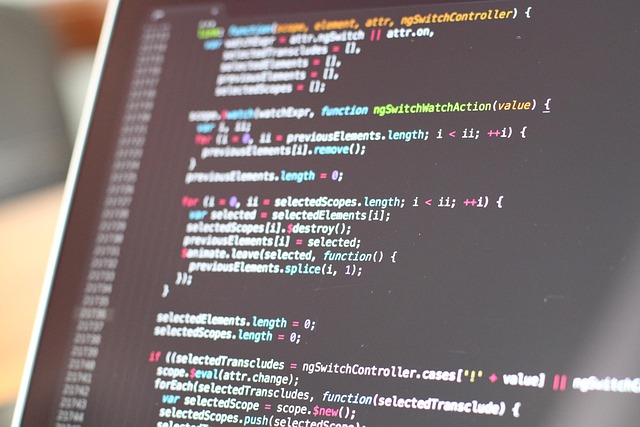
“Mastering Kanban Workflow for Efficient Coding”
Mastering Kanban Workflow for Efficient Coding
In the fast-paced world of software development, coding can often feel like a chaotic dance of deadlines, bugs, and new features. It’s easy to get overwhelmed when juggling multiple tasks and trying to keep track of your progress. This is where Kanban comes into play—a powerful visual tool designed to streamline your workflow and enhance productivity.
What is Kanban?
Originating from the Japanese manufacturing industry, Kanban has transformed into a popular workflow management method in various sectors, including coding and software development. The fundamental principle of Kanban revolves around visualizing work, limiting work in progress, and maximizing efficiency. By using a Kanban board, teams can see the status of tasks at a glance and quickly identify bottlenecks that need addressing.
Creating Your Kanban Board
Getting started with Kanban is simple. The first step is to create a Kanban board, which can be physical (using sticky notes on a whiteboard) or digital (using tools like Trello or Jira). The board is typically divided into columns, representing different stages of the workflow—commonly “To Do,” “In Progress,” and “Done.”
Each task or feature you’re working on is represented by a card that moves through these columns as it progresses. This visualization not only keeps you organized but also provides a sense of accomplishment as you move tasks to the “Done” column.
Limit Work in Progress
One of the core principles of Kanban is limiting work in progress (WIP). By restricting the number of tasks you can work on simultaneously, you reduce the chance of burnout and improve focus. This limitation encourages you to complete tasks before starting new ones, which can lead to increased efficiency and improved coding quality. You’ll find that finishing one task at a time is far more rewarding and effective than juggling numerous incomplete tasks.
Embrace Continuous Improvement
Another essential aspect of the Kanban methodology is the commitment to continuous improvement. Regularly review your workflow and ask questions like: Are there any bottlenecks? Are there repetitive tasks that could be streamlined? This reflective practice enables you to adapt your workflow to better suit your team’s dynamics, paving the way for a more efficient coding environment.
Collaborate and Communicate
In a coding environment, collaboration and communication are crucial. Leveraging a Kanban board encourages transparency, allowing team members to see what everyone is working on and facilitating discussions around tasks. Daily stand-up meetings, where team members can share what they accomplished the previous day and their goals for the current day, work seamlessly with the Kanban approach. This enhances accountability and keeps everyone aligned.
Final Thoughts
Integrating Kanban into your coding routine can be a game changer. By visualizing your workflow, limiting work in progress, and focusing on continuous improvement, you can cultivate an environment of efficiency and satisfaction. In a world filled with distractions and tight deadlines, adopting the Kanban method can help you not only stay organized but also thrive in your coding endeavors.



